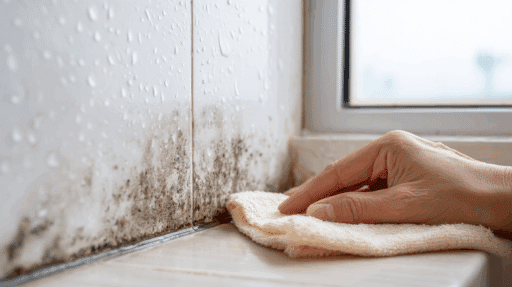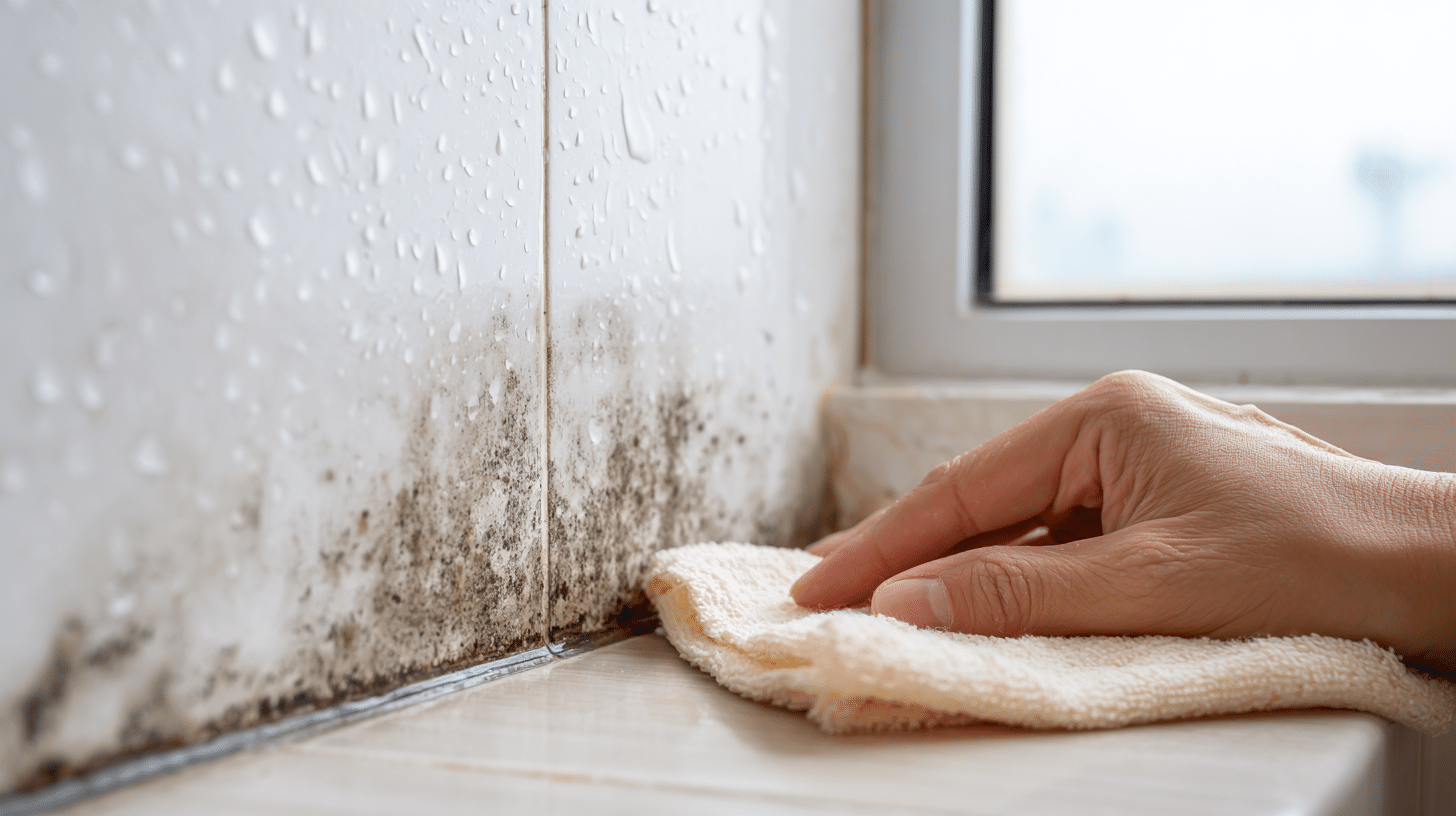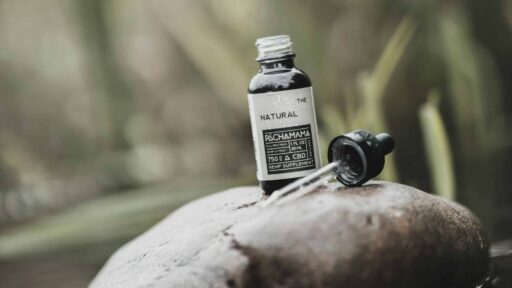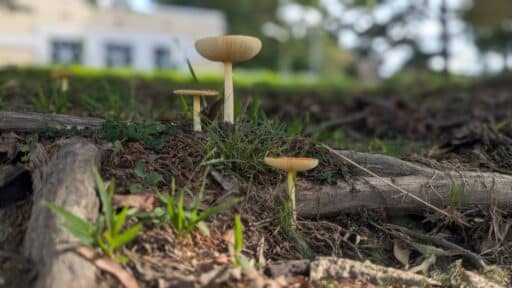You’ve already swapped out harsh cleaners for safer options. You run an air purifier. Maybe you even keep houseplants around to freshen the air. But what about the spots you’re not checking? The hidden corners, forgotten systems, and overlooked areas where mold, bacteria, and other contaminants quietly build up over time? These are the places that can slowly impact your home’s air quality and comfort without you even realizing it.
In this post, we’ll walk through some of the most common but often missed sources of home toxins and share practical steps you can take to address them. From your drains to the dust settling on your shelves, you’ll learn where to look, what to watch for, and how to keep your home as healthy and fresh as possible.
Common Hidden Sources of Home Toxins
Not all toxin sources are obvious, and many develop quietly over time. By knowing where to look, you can catch problems early and prevent them from growing into bigger issues. Here are some of the most common hidden hazards to be aware of:
Mold and Mildew in Damp Areas
Moisture is the number one contributor to hidden household hazards. When water lingers in basements, bathrooms, or under sinks, it creates a perfect breeding ground for mold and mildew, which can release spores and other byproducts that trigger allergies and asthma.
Signs to watch for include:
- Musty or earthy odors that don’t go away with cleaning
- Discoloration on walls, grout, or ceilings
- Condensation forming on windows or pipes
Small spots of mold on hard surfaces can often be cleaned with safe household products, but mold covering more than 10 square feet—or mold that keeps returning—should be handled by a professional.
Poorly Maintained Drains and Plumbing
Drains that run slowly or clog frequently aren’t just inconvenient — they can harbor hidden toxins. Food particles, soap scum, grease, and hair build up inside pipes, creating stagnant pockets where bacteria thrive. Over time, this buildup can release foul odors and contribute to poor air quality inside your home.
Basic upkeep like avoiding grease disposal down the sink and using drain strainers helps, but when clogs or odors persist, it’s time to bring in a professional drain cleaning service. Specialized tools and methods such as hydro-jetting go far beyond what household products can accomplish, leaving your plumbing system cleaner and healthier.
Household Dust and VOCs
Dust may seem harmless, but it collects much more than just dirt. It contains a mix of pesticide residues, pet dander, pollen, microplastics, flame retardants, heavy metals like lead, and other microscopic particles. These contaminants can become airborne and re-enter your living space with every disturbance, potentially aggravating allergies and respiratory conditions.
Volatile organic compounds (VOCs) are another invisible indoor risk. These gases are emitted from paints, cleaning products, furniture finishes, and many synthetic materials. Although fresh paint and new furniture smell clean, VOCs can off-gas for months or even years, contributing to indoor air pollution.
To reduce exposure:
- Vacuum frequently with a HEPA filter vacuum to trap tiny particles.
- Dust surfaces with a damp cloth to avoid scattering dust back into the air.
- Choose low-VOC or VOC-free paints and cleaning products whenever possible.
Appliances and Neglected Filters
Your home’s appliances can become silent toxin spreaders if not properly maintained. HVAC systems with clogged or dirty filters lose their ability to trap dust, allergens, and mold spores effectively. Over time, these filters can become breeding grounds for contaminants that circulate back into your home’s air.
Humidifiers and dehumidifiers also need regular cleaning to prevent mold and bacteria growth in stagnant water reservoirs, which can release spores and microbes into the air.
Even refrigerator water filters can pose risks if neglected. Overused or overdue filters accumulate bacteria and mold, potentially contaminating drinking water and ice. Regular replacement is critical to maintaining safe water quality.
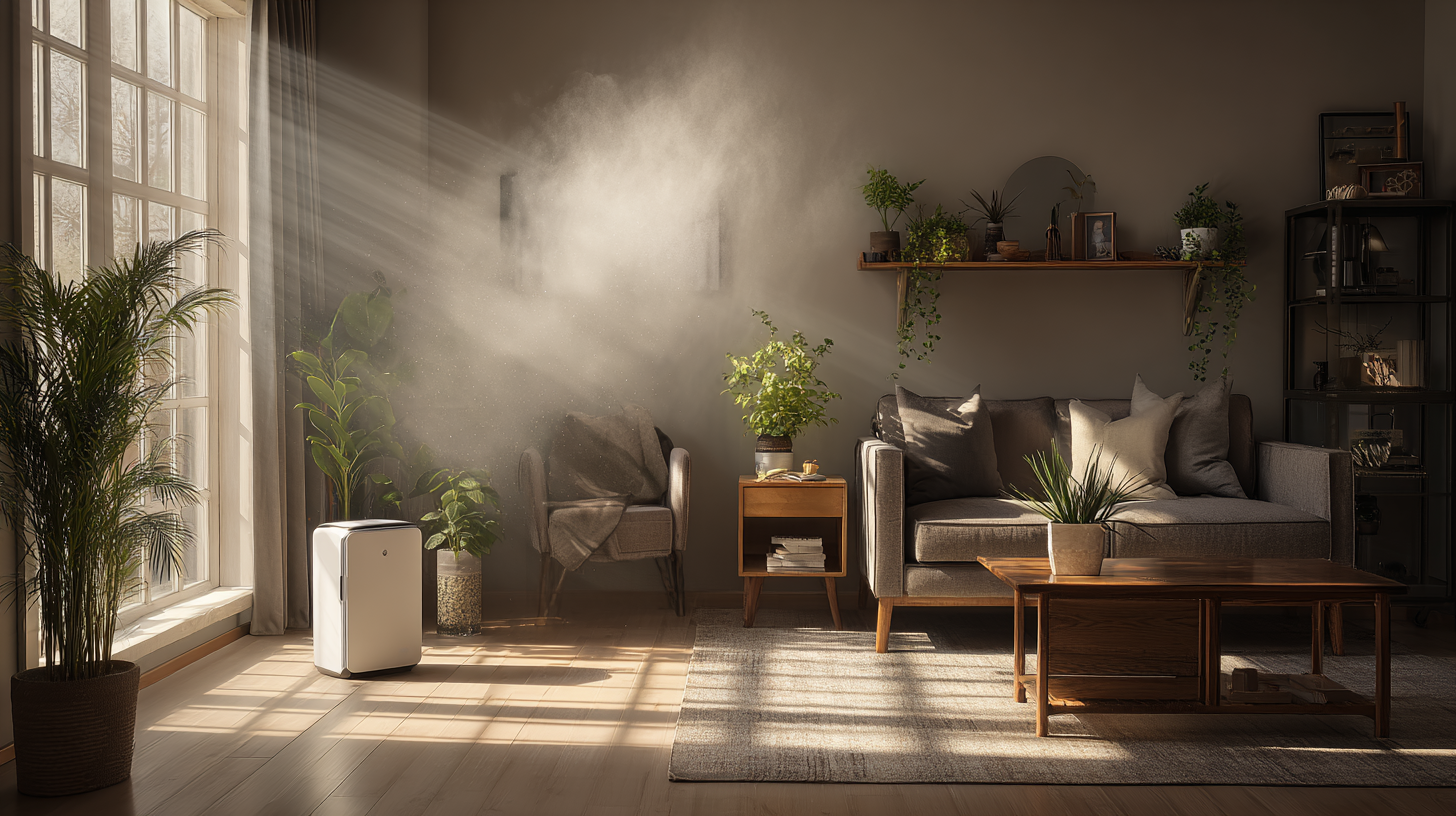
How to Minimize Exposure to Hidden Toxins
Once you know where toxins may be hiding, prevention becomes an essential part of regular home care. A few practical habits can significantly reduce your exposure to indoor pollutants and harmful chemicals:
- Improve ventilation: Open windows when weather permits, use exhaust fans in kitchens and bathrooms, and maintain steady airflow to reduce moisture and airborne contaminants.
- Schedule regular inspections: Check under sinks, behind appliances, and in basements monthly for leaks, dampness, or buildup.
- Be mindful of disposal: Avoid pouring grease, harsh chemicals, or food scraps down drains. Dispose of chemicals according to local guidelines to prevent contamination.
- Maintain filters: Replace HVAC, water, and appliance filters according to manufacturer recommendations.
- Choose safer products: Opt for non-toxic or low-VOC cleaning products, paints, and materials whenever possible.
- Test for radon: This invisible gas can accumulate in homes and is a major indoor toxin linked to lung cancer. Radon testing kits are affordable and easy to use.
These small, consistent steps build a healthier baseline environment, reducing the need for costly remediation.
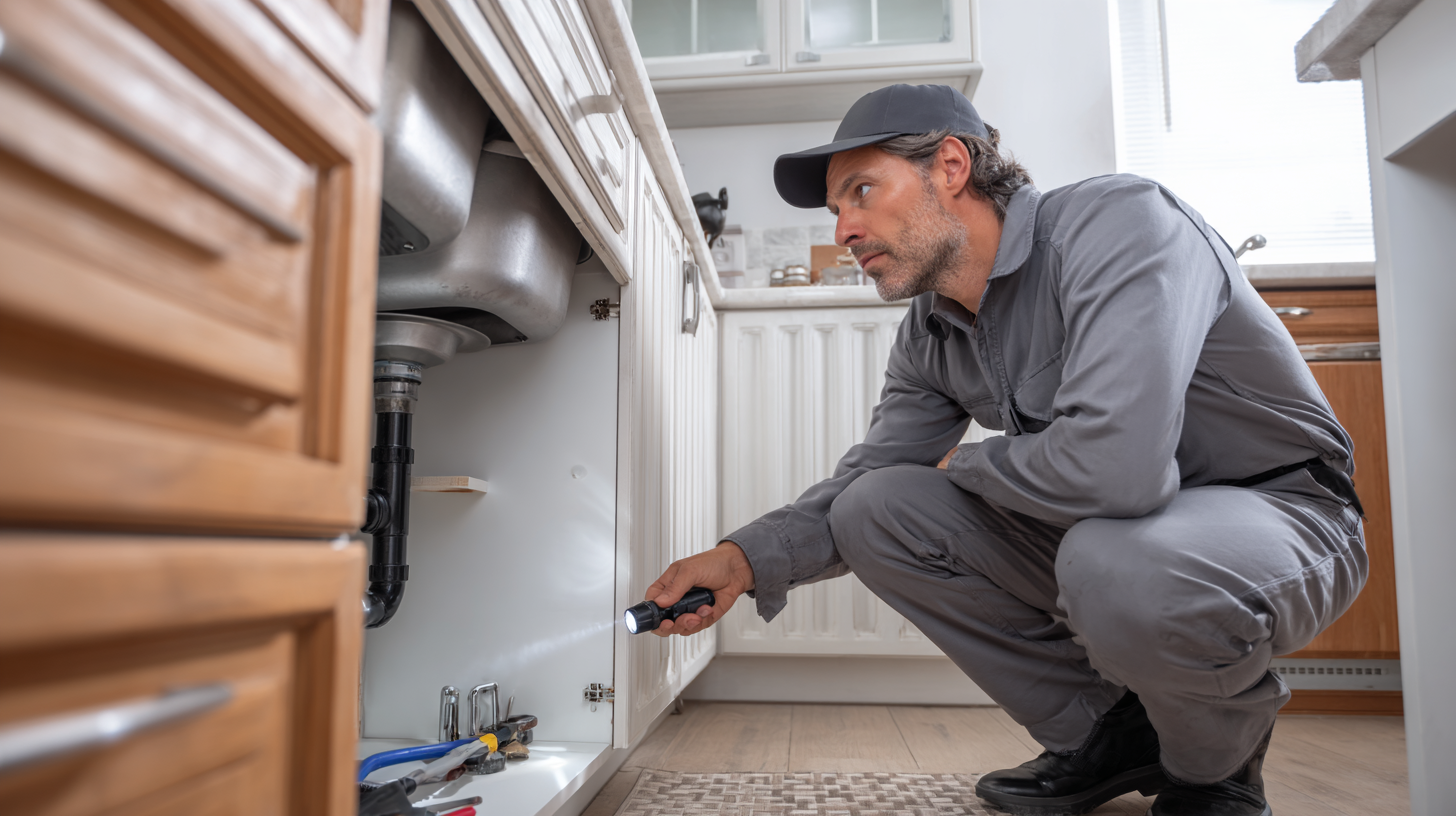
When to Call in Professionals
Even with good home care habits, some hidden toxins require expert assessment and intervention. Knowing when to bring in professionals can protect your family’s health and prevent costly damage. Consider calling in an indoor air quality specialist or mold remediation expert if you experience:
- Persistent musty or foul odors that don’t disappear despite cleaning
- Repeated or stubborn drain clogs and slow drainage resistant to home remedies
- Mold growth larger than a small patch or mold that returns after cleaning efforts
- Water damage that has seeped behind walls, under flooring, or into crawl spaces
- Health symptoms, such as persistent allergy flare-ups, respiratory problems, or headaches, that improve when you’re away from home
Professionals use tools to detect hidden pollutants and moisture. Certified experts ensure thorough cleanup, prevent mold spread, and advise on improvements like better ventilation and moisture control. Getting a professional assessment helps protect your family’s health and your home’s value.
Healthier Home Environment
Your home should be a place of comfort, not hidden hazards. By paying attention to less obvious toxin sources — from mold in damp corners to buildup inside your drains — you can reinforce the healthy routines you already practice. Start small by checking one area of your home this week, whether it’s your filters, your drains, or that basement corner you’ve been meaning to look at. Each step makes your home healthier, fresher, and more enjoyable to live in.

